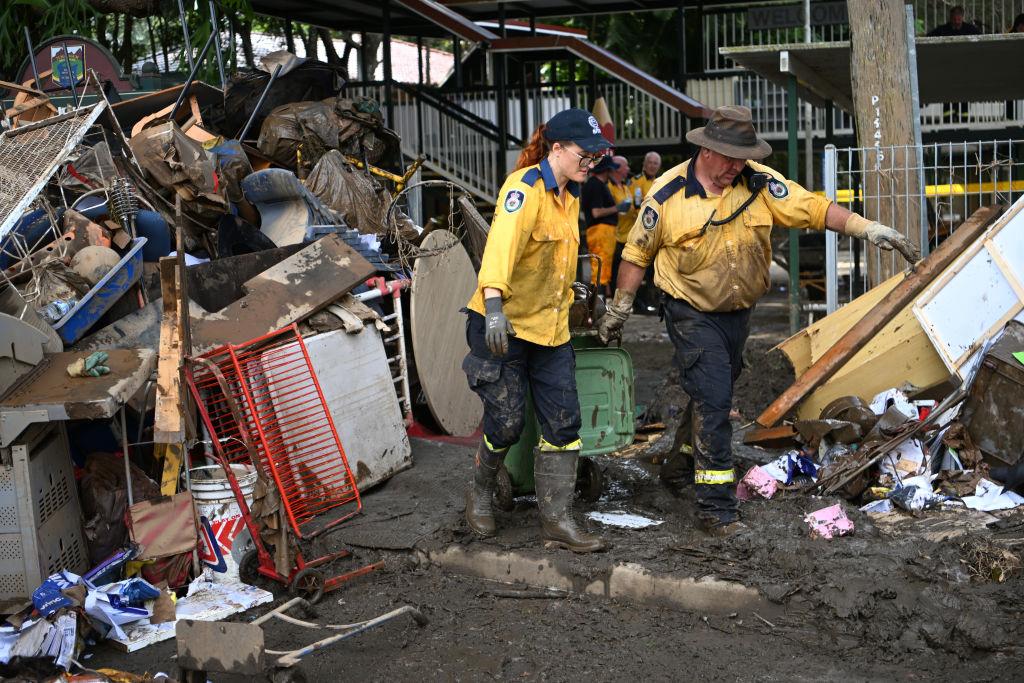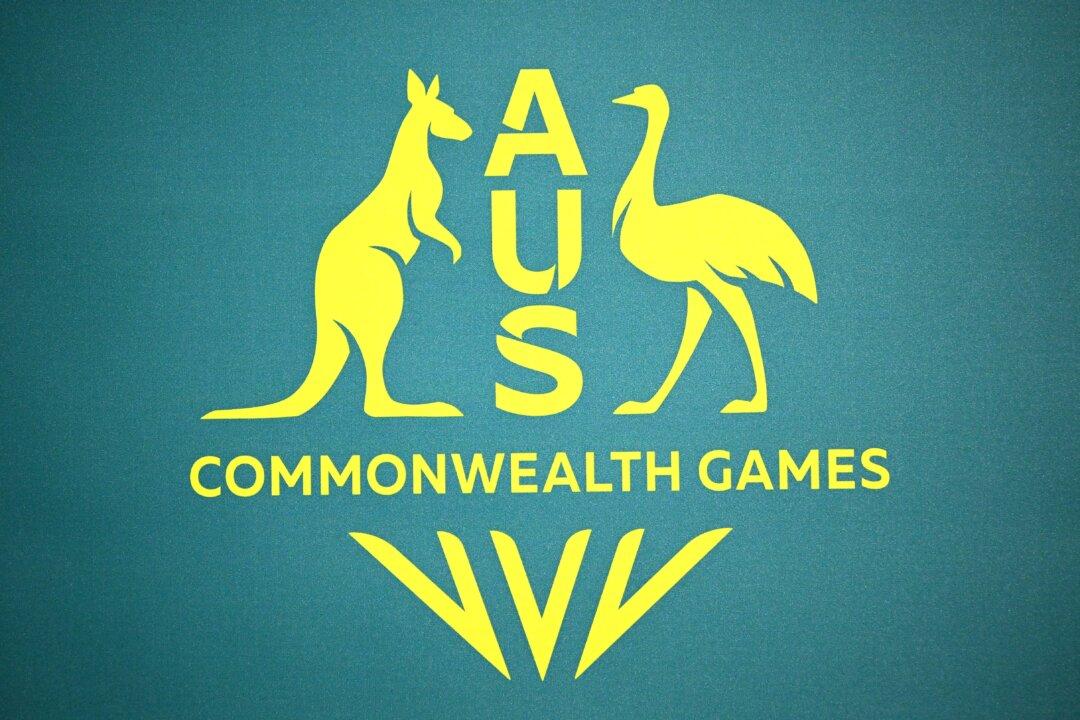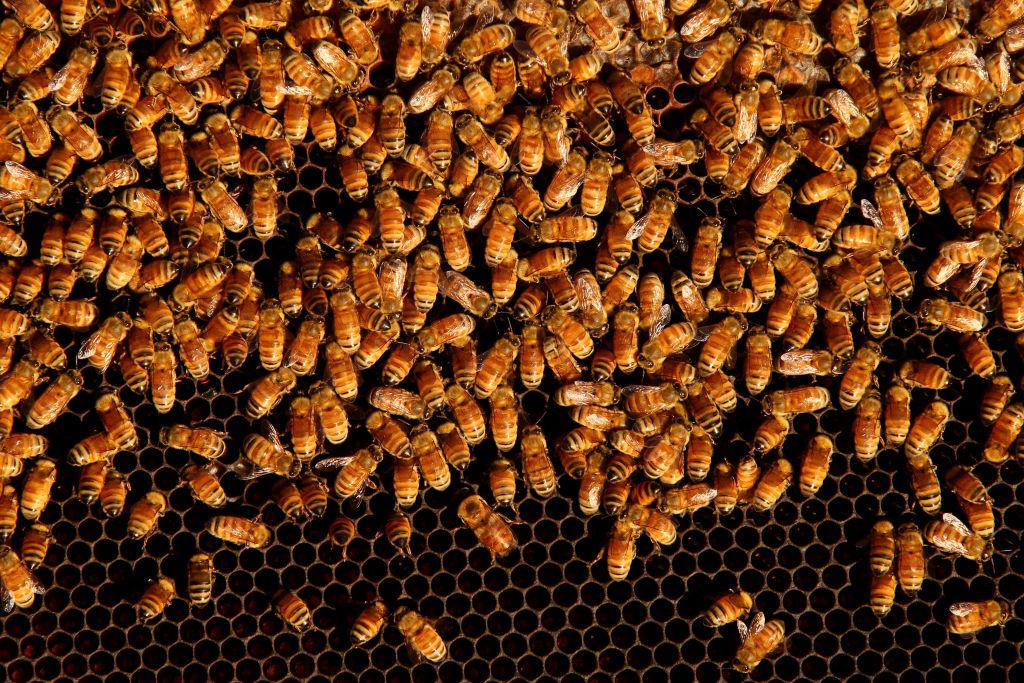The biosecurity zone in the state of New South Wales (NSW) continues to grow as more varroa mites were found in beehives in the Riverina and Sunraysia regions, prompting a new emergency order (pdf).
Varroa mite is an external parasite of adult honey bees and developing brood that can not only transmit honey bee viruses but can also weaken and kill the bee colony.





